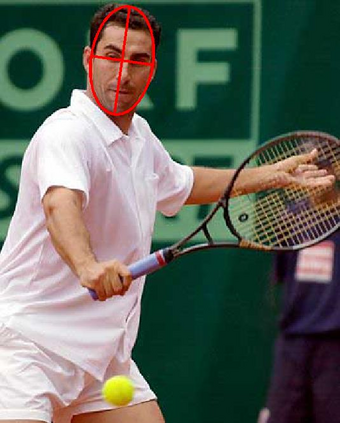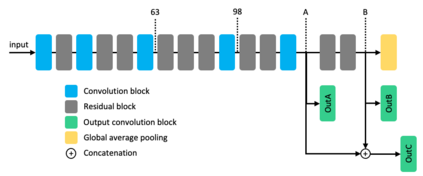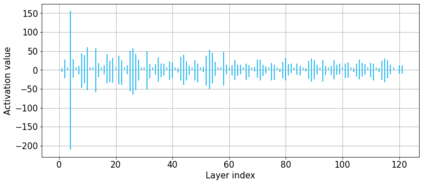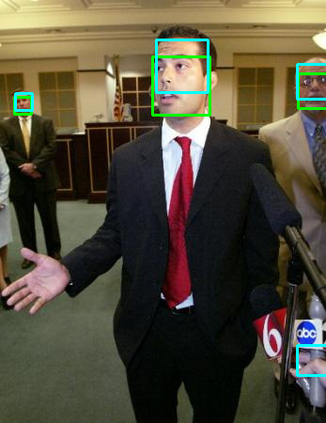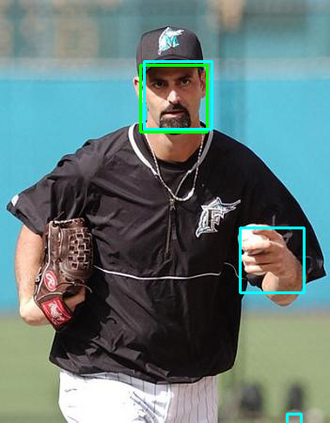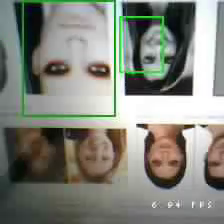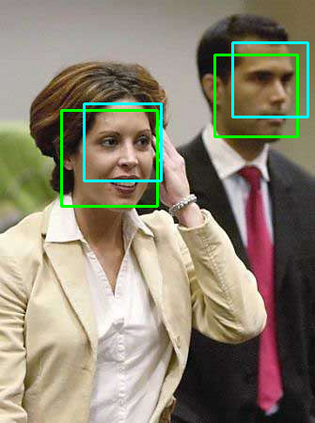Designing Deep Neural Networks (DNNs) running on edge hardware remains a challenge. Standard designs have been adopted by the community to facilitate the deployment of Neural Network models. However, not much emphasis is put on adapting the network topology to fit hardware constraints. In this paper, we adapt one of the most widely used architectures for mobile hardware platforms, MobileNetV2, and study the impact of changing its topology and applying post-training quantization. We discuss the impact of the adaptations and the deployment of the model on an embedded hardware platform for face detection.
翻译:设计在边缘硬件上运行的深神经网络(DNNs)仍然是一个挑战,社区采用了标准设计,以便利部署神经网络模型,但是,没有大力强调改造网络地形以适应硬件制约。在本论文中,我们调整了移动硬件平台最广泛使用的结构之一,即移动网络2,并研究改变其地形和采用培训后量化的影响。我们讨论了调整和将模型部署在嵌入的硬件平台上以进行面对面检测的影响。



